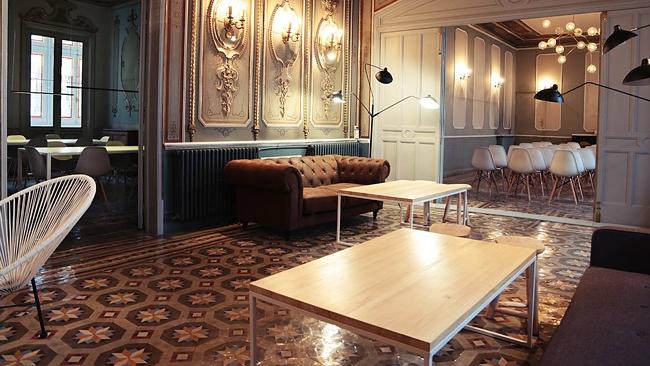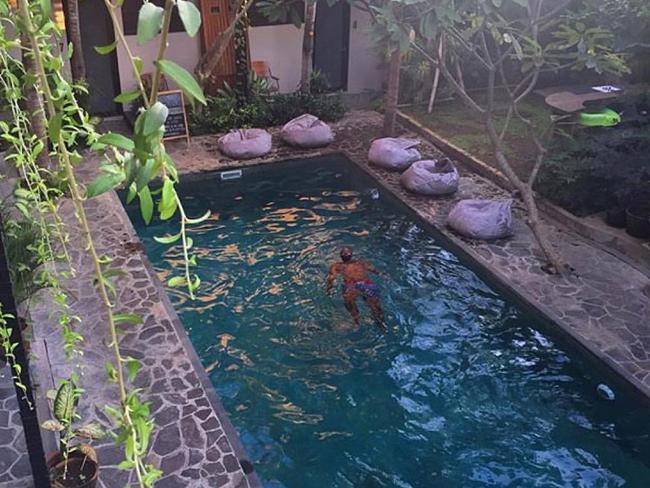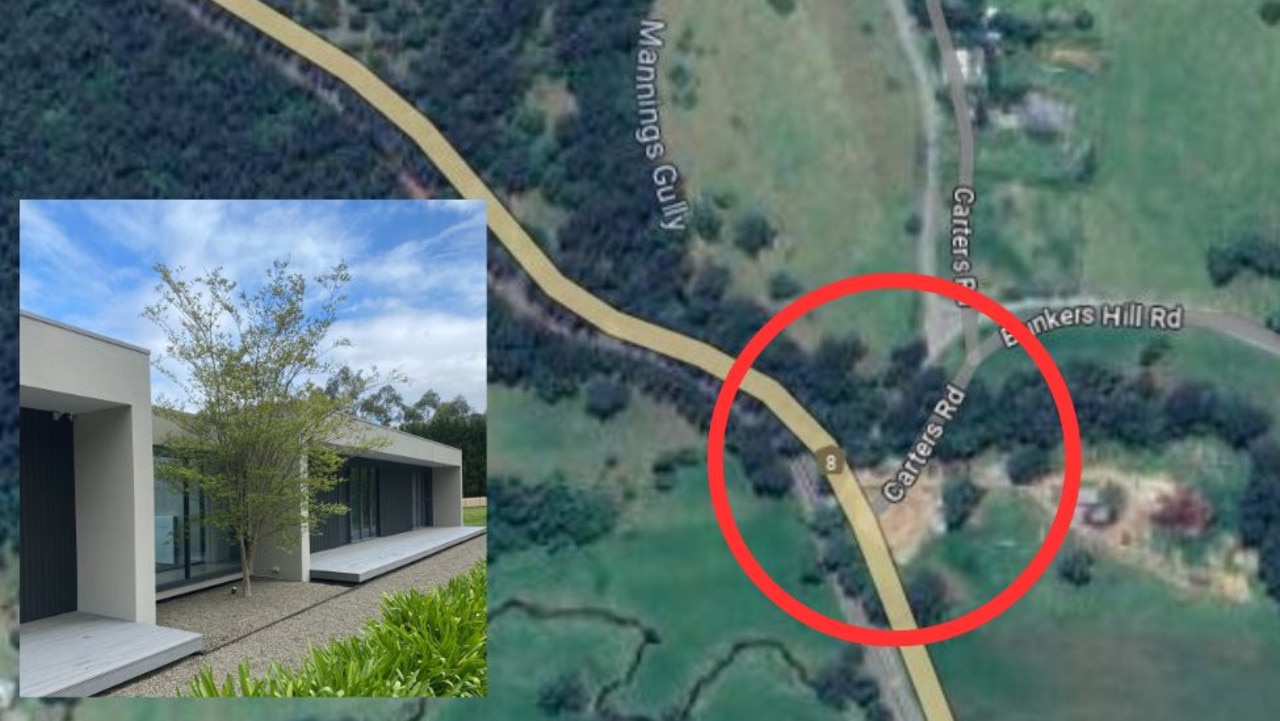A new living arrangement targets young travellers
YOU might want to consider ditching your lease because there is a new way of living that gives you a lot more choices.

IMAGINE if you could sign a lease that meant you weren’t locked into one apartment for the next six months or year.
What if instead you could rent more than one home and travel the world?
The way we live could be changing, with short-term living appealing to a new generation of nomads.
You can become a modern gypsy and live in different countries for months at a time, at a cost of about $650 a week.
It’s just as easy as renting, if you can afford it, and you can go from Bali to Buenos Aires or share time between London and Miami.
Roam is a new type of living arrangement targeted at young travellers to test the boundaries between work, travel and life adventure.
Co-founder Bruno Haid told Digital Trends Roam allowed people live by their interests and curiosities, rather than be held down by a 30-year fixed rate mortgage.
He’s hoping to appeal to the “modern traveller”, people who want to work but see the world at the same time.
Roam is only established in Bali and Miami at the moment, but there are plans to open in Buenos Aires, Madrid and London later this year.

As people are developing more of an interest in travelling, Roam could expand in the coming years, with more than eight locations to be added by the end of next year.
Roam is targeting “location-independent” people who can work from anywhere and are constantly on the road looking for a new place to call home.
Mr Haid told Co.Exist he once was a “location-independent” person jumping from different types of accommodation.
“Just managing my stuff and going back and forth between Airbnbs and house-sitting became more cumbersome over time,” he said.


Roam homes are co-living communities that are larger than normal houses.
Rooms are fully furnished with an ensuite and other areas are shared with fellow nomads.
“If you go from location to location, it always takes a couple of weeks to feel at home,” Mr Haid told Co.Exist.
“That’s something we want to make sure is done in a very short time frame. You can literally show up in Bali and you live with people who have been there for a long time.
“It means you have everything you need to navigate the local community, to know what’s where, what can I connect to.”
Overseas travel has become a trend among Generation Y with about 27 per cent of young Australians jetsetting every year.
Priorities have changed, and instead of dreaming of owning a home, many Gen Ys prefer to spend a home deposit on travelling the world.
Roy Morgan research found 2.7 million Australians over the age of 14 travelled overseas last year, the highest number in years.

Topdeck’s 2015 Global Youth Travel Survey found Gen Ys were caring more and more about being immersed in the culture of other countries and meeting new people.
More than 40 per cent said they liked basic hostels and shared spaces and 86 per cent wanted to experience a new culture.
Topdeck Travel’s general manager Sarah Clark said travel was now more accessible to Gen Ys than it was to Baby Boomers.
“Youth travellers have grown up in a globally connected community where anything is possible or attainable,” she said.
Europe is the number one bucket list destination for young travellers, with Canada and the United States a close second.
“They don’t just want to travel and see places — they travel to grow as individuals, experience new cultures and return home with a better understanding of the world,” Ms Clark said.




